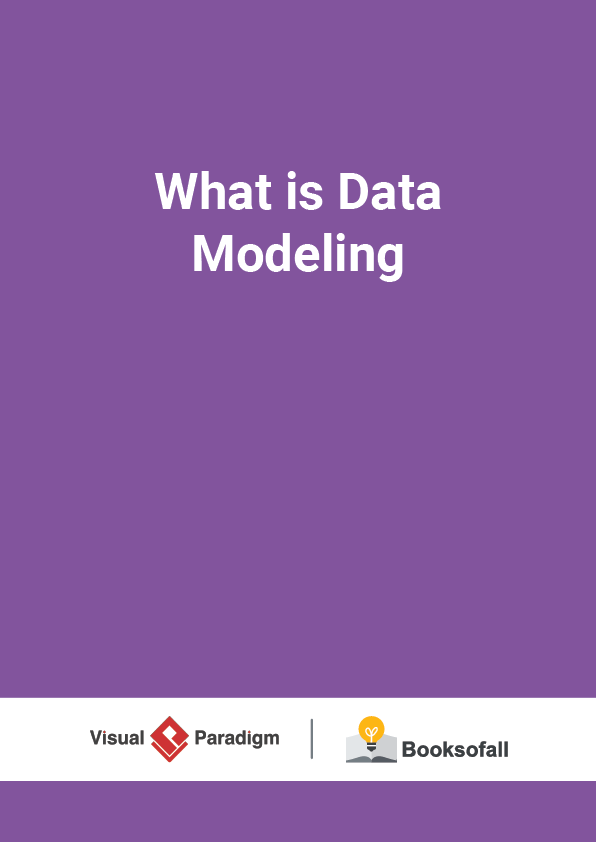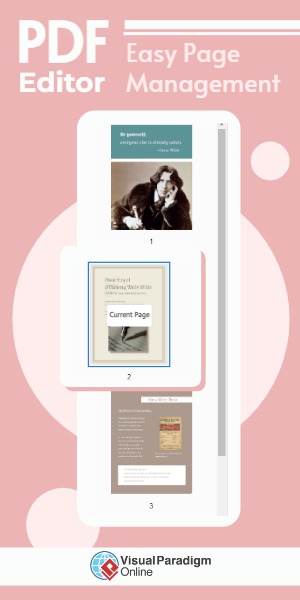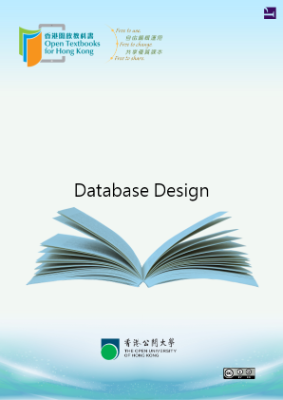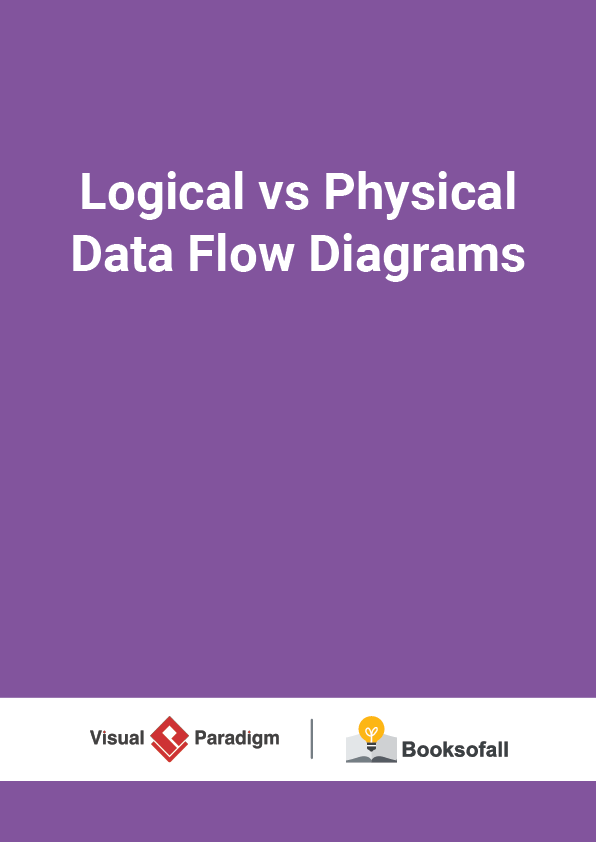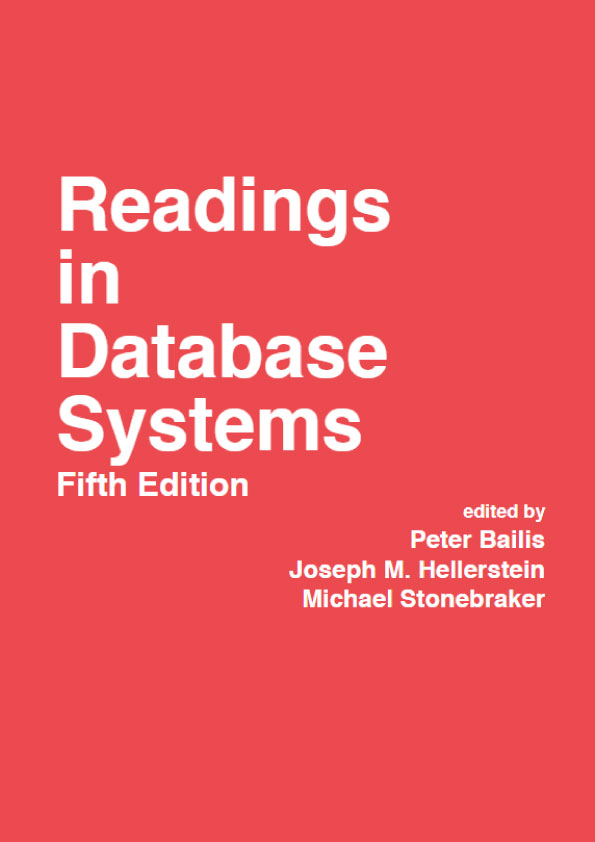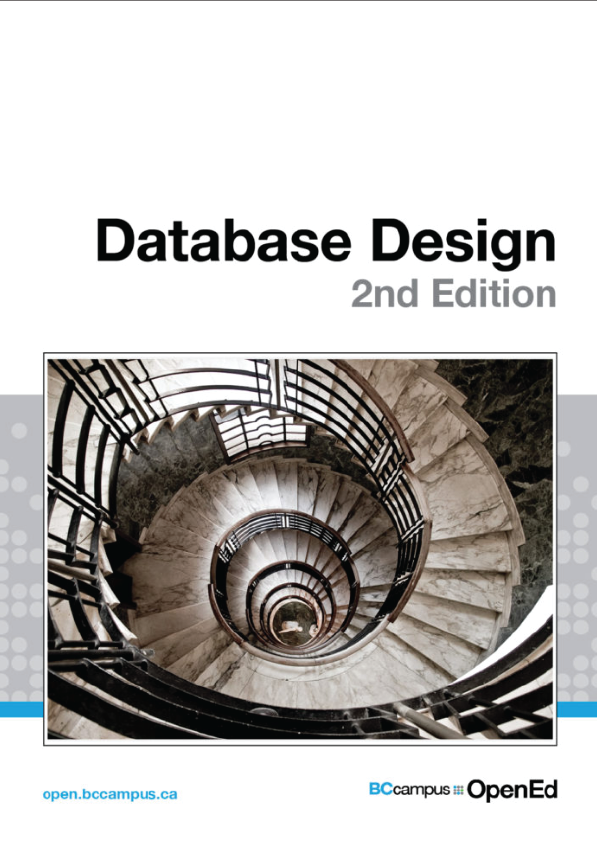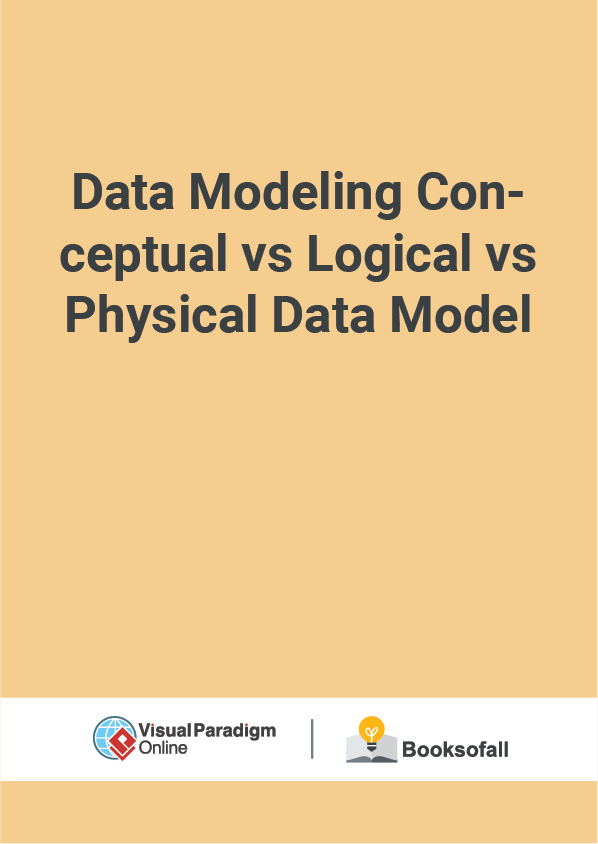What is Data Modeling?
7-9 minutes
Data modeling is the process of producing a diagram (i.e. ERD) of relationships between various types of information that are to be stored in a database that helps us to think systematically about the key data points to be stored and retrieved, and how they should be grouped and related, is what the
A data model describes information in a systematic way that allows it to be stored and retrieved efficiently in a Relational Database System which can be thought of as a way of translating the logic of accurately describing things in the real world and the relationships between them into rules that can be followed and enforced by computer code. One of the goals of data modeling is to create the most efficient method of storing information while still providing for complete access and reporting.
Entity Relationship Diagram for Data Modeling
An Entity Relationship Diagram (ERD), initially proposed by Peter Chen in 1976, is a visual representation of data modeling using symbols and notation that describes how these data are related to each other. It can directly be used by database developers as the blueprint for implementing data in specific software applications. Any object, such as entities, attributes of an entity, sets of relationship and other attributes of relationship can be characterized with the help of the ER diagram.
An ERD allows the readers to understand the relationship among different fields in an effective manner. Symbols are utilized to represent information effectively and they also help in comprehending the working of the database. ER diagrams constitute a very useful data modeling technique which includes:
- ER diagrams are easy to understand and do not require a person to undergo extensive training to be able to work with it efficiently and accurately. This means that designers can use ER diagrams to easily communicate with developers, customers, and end-users, regardless of their IT proficiency.
- ER diagrams are readily translatable into relational tables which can be used to quickly build databases.
- ER diagrams may be applied in other contexts such as describing the different relationships and operations within an organization.
The Elements of ERD
ER modeling is a top-down structure to database design that begins with identifying the important data called entities and relationships in combination with the data that must be characterized in the model. Then database model designers can add more details such as the information they want to hold about the entities and relationships which are the attributes and any constraints on the entities, relationships, and attributes. ER modeling is an important technique for any database designer to master and forms the basis of the methodology.
Entity type : It is a group of objects with the same properties that are identified by the enterprise as having an independent existence. The basic concept of the ER model is the entity type that is used to represent a group of ‘objects’ in the ‘real world’ with the same properties. An entity type has an independent existence within a database.
Attributes are the properties of entities that are represented using ellipse-shaped figures. Every elliptical figure represents one attribute and is directly connected to its entity (which is represented as a rectangle).
